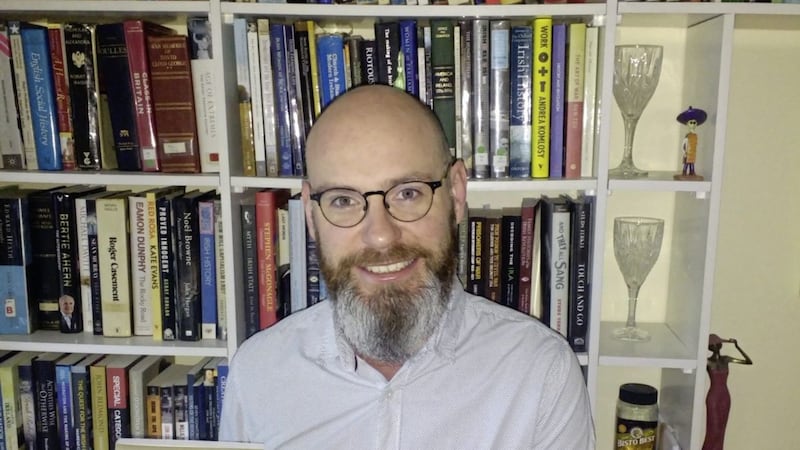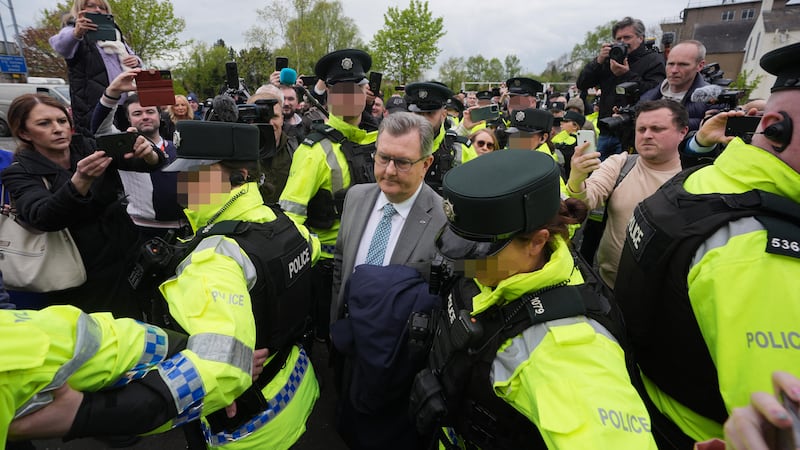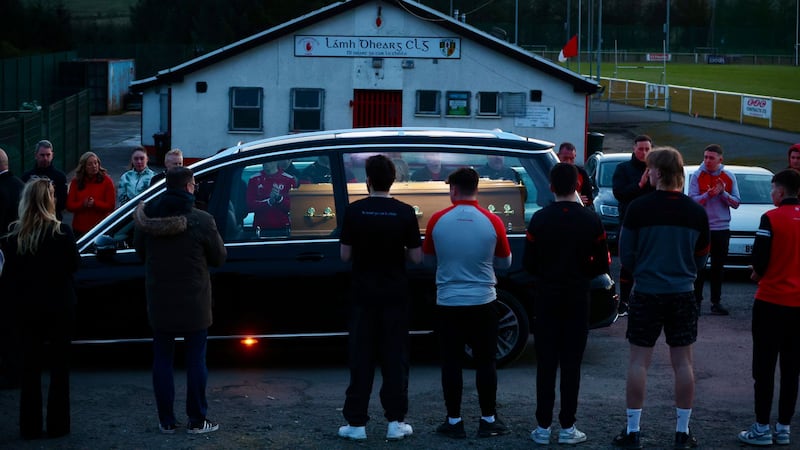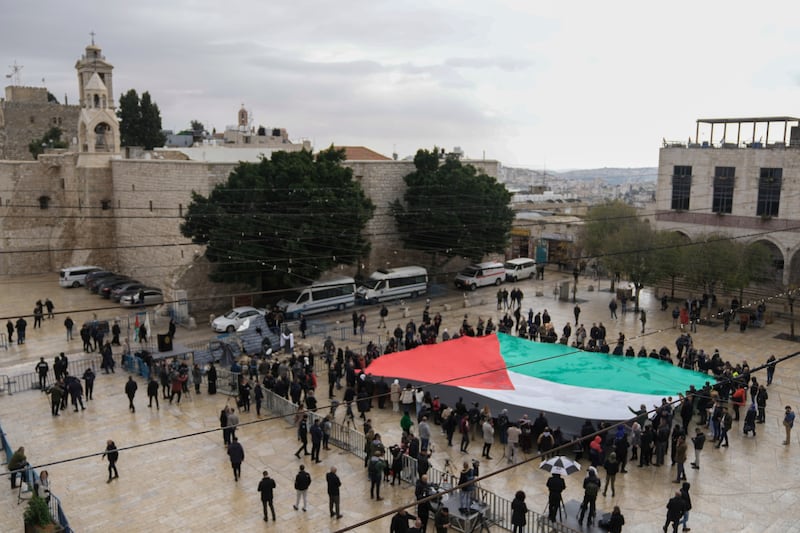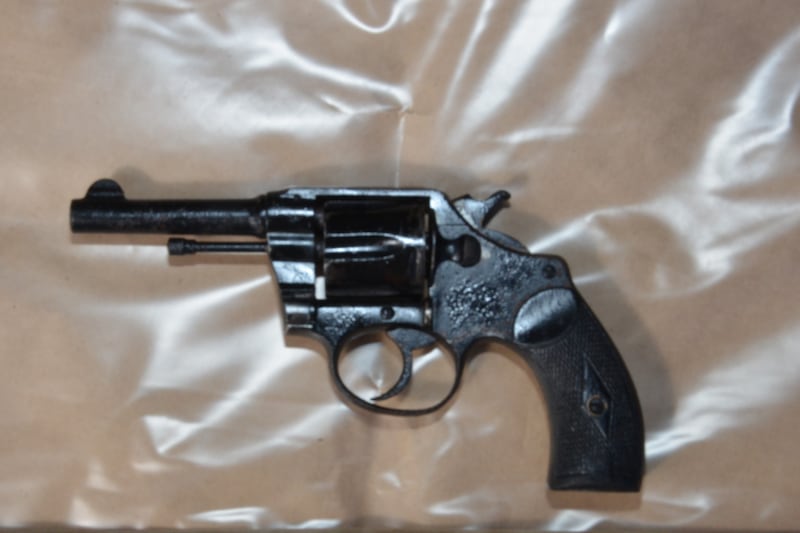A CATHOLIC boys' school became headquarters to the IRA for a tumultuous week during the Irish War of Independence, a new book has revealed.
Over a seven-day period in July 1920, during which 20 people were shot dead, St Columb's College in Derry - later home to two Nobel laureates and a host of nationalist leaders - became the front line between the IRA and the re-forming UVF.
New research by Ulster University academic Adrian Grant has revealed that the IRA centred itself at St Columb's with the support of many republican priests angry at plans to partition Ireland.
In Derry The Irish Revolution, 1912-23 Dr Grant provides a fascinating account of some of the bloodiest fighting of the War of Independence.
Published by Four Courts Press, the book also reveals the involvement of some of the leading figures from the era, including Eoin McNeill who famously countermanded Patrick Pearse's orders for the Easter 1916 Rising.
Sinn Féin’s landslide in the 1918 general election, rising electoral success by nationalists and the sitting of the first Dáil all served to raise fears.
This prompted a surge in sectarian tension and what has been termed a `civil war' in Derry, which ensured that 1920 was the most violent year of the revolutionary period.
Tensions continued to rise with loyalist soldiers who had returned from World War One trenches taking up arms against erstwhile colleagues in the Irish Volunteers who sided with the IRA.
On May 15, police officer Denis Moroney was shot and fatally wounded by the IRA. However, on Friday June 18, hostilities took an even more serious turn.
"A group of unionist snipers took up positions and aimed into the nationalist district of Long Tower. People began running in terror and within a short period, two men lay dead."
The IRA and Cumann na mBan mobilised but the fightback was no match for the superior unionist firepower. Edwin Price was shot dead as was James Doherty, killed as he left the wake of the first victim.
The following evening, the IRA moved in in force.
"The IRA marched from the Bogside to St Columb's College on Saturday night 19 June where they set up a headquarters. They were welcomed inside by Dean McGlinchey and Fr McShane, president of St Columb's, both of whom were by now SF members," Dr Grant revealed.
"The college had also come under attack, and rifle fire pierced windows throughout, including those in Bishop McHugh’s living quarters."
Supported by a large number of nationalist ex-service men, the republican fightback began in earnest. Lecky Road police barracks was attacked while republican, Charlie Nomad McGuinness described Derry as "like a town on the western front".
"The dead and injured lay in the street as people feared the consequences of attempts to remove them."
Using Colt machine guns, the IRA started to take control of the city. The British army had remained in barracks while loyalists appeared to have the upper hand but soldiers moved into Derry's west bank when it became clear the IRA was winning. With calm eventually restored, the full horror of the week's events became clear.
"George Caldwell, a 10-year-old orphan, who was shot dead when he popped his head out of a window in the Nazareth House was not the only child victim."
There was an account of a woman being shot dead by IRA man, Charlie McGuinness for "disrespecting a corpse". The son of Howard McKay, governor of the Apprentice Boys, was stood against a wall at Lone Moor Road and executed.
The events of June 1920 resulted in an influx of 5,000 Crown forces into Derry, including 20 Black and Tans. They also contributed to the establishment of the Ulster Special constabulary, the B Specials.
From Buncrana, Dr Grant is based at Ulster University's Magee campus. He believes the Derry 1920 hostilities are often overlooked.
"I knew something of it before but was shocked at the intensity of the violence. It wasn't just riots, it was an outright battle between unionists and nationalists,” he told the Irish News.
